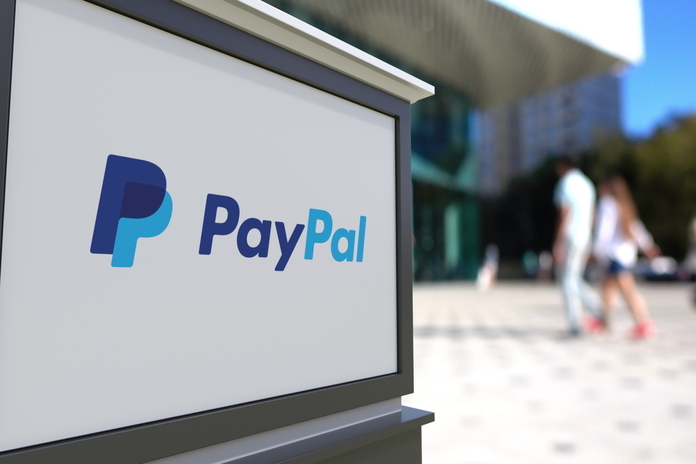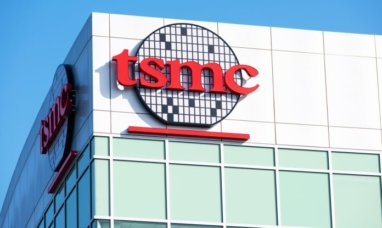On August 2, PayPal Holdings, Inc. (NASDAQ:PYPL) is anticipated to submit its earnings card. Depending on whether PayPal will adhere to its guidance for FY 2022, the company’s commercial performance in Q2’22 could either push shares of the financial services company into a new up-leg or a new down-leg.
I anticipate that PayPal will confirm its full-year projection for net revenues, free cash flow, and net new account additions at this time. Still, I think that risks have slightly increased due to mounting worries about the state of the American economy. Shares of PayPal may rise if results from buy now, pay later (“BNPL”) items perform better than anticipated, and free cash flow is vital.
A quick recap of PayPal’s most recent guidance adjustment
PayPal updated its FY 2022 guidance in the first quarter due to a worsening macro environment, which in Q2 included rising inflation, the conflict in Ukraine, and COVID-19 lockdowns in China. Worse yet, the financial services company reduced its expectations for new account additions by half: PayPal now expects 10M new accounts to be created on the firm’s platforms as opposed to a previous projection of 15-20M.
The financial services company guided for net revenue growth of 11-13% instead of 15-17% (based on spot rates) for FY 2022. Because the capacity to draw new users into the PayPal ecosystem has been a driving driver for free cash flow growth at the financial services company, the decline in net new active accounts was particularly alarming.
Why PayPal can surpass expectations
Due to adverse economic conditions, PayPal’s growth prospects are diminishing. Consumers’ willingness to stretch their budgets and make purchases of consumer products in both the physical market and the digital economy is being affected by inflation. With a stronger-than-anticipated earnings statement in August, PayPal might be pleasantly surprised.
According to PayPal’s guidance, Q2’22 net revenues would be around $6.8 billion, representing a 9% year-over-year increase. According to the guidance, the quarter-over-quarter growth rate of net revenue will increase by 1 PP. After PayPal dashed prospects for higher growth in Q1’22, earnings expectations are low.
In one particular area, though—services for buy now, pay later—PayPal might excel. As consumer budgets were still negatively impacted by inflation in Q2, this category, which is currently seeing rapid customer uptake, might have profited considerably. The utilization of buy now, pay later products has become considerably more alluring due to the 9.1% increase in inflation from the previous month.
PayPal is primarily making money off this possibility with “Pay with 4,” but it is also adding new products to take advantage of a promising growth prospect. In Q2 of 22, if PayPal announces an expansion of its buy now, pay later offerings, the stock may respond favorably.
I have high hopes for PayPal’s potential to increase account growth and free cash flow. In Q1 of 2012, PayPal attracted 2.4M net new active accounts, primarily due to a surge in Venmo sign-ups. On the strength of ongoing Venmo growth, I predict that PayPal will add 2.3–2.5M new accounts in Q2 of 22. I anticipate a little improvement quarter over quarter in free cash flow (FCF), for which PayPal has not yet provided a Q2’22 prediction, and I predict that PayPal will report FCF in the region of $1.1-$1.2B. The forecast for $5 billion in free cash flow in FY 2022 is expected to be confirmed.
EPS estimate trends, market expectations, and P/E – P/FCF valuation
Earnings forecasts for Q2’22 reports have generally trended lower in the market during the quarter, primarily due to rising inflation and price pressures in firms. The market anticipates PayPal to have produced an adjusted EPS of $0.87 in Q2’22, which is somewhat higher than PayPal’s anticipated non-GAAP EPS of $0.86.
There have been 37 downgrades in EPS predictions for PayPal over the past 90 days compared to 0 upgrades, so expectations going into results week are pretty low. It will be simple for PayPal to surpass those goals and accomplishments in the buy now, pay later area, and a more favorable view for Q3’22 may encourage investors to resume buying PayPal stock.
Regarding valuation
Due to pressure from the U.S. economy’s high inflation rate and sluggish economic development, fintechs have become much more affordable in 2022. Shares of PayPal have a price-to-earnings ratio of 17.1 X based on EPS estimates for FY 2023, while Block (SQ) is substantially more costly, having a P/E ratio of 45.03 X. The free cash flow of Block is roughly twice as expensive as that of PayPal.
Disadvantages of PayPal
The main concern going into earnings is that if Q2 didn’t go well, PayPal might cut its FY 2022 guidance. Shares of PayPal entered a fresh downtrend last quarter as a result of PayPal’s revised forecast, from which the stock has not yet fully recovered. The most significant commercial risk for PayPal, in my opinion, is a slowdown in net new active account growth, which would undoubtedly result in future poorer growth in revenue and free cash flow.
Final thoughts
In a week, PayPal will submit its Q2’22 results card, a significant announcement given that the company cut its Q1 guidance. If the buy now, pay later segment maintained its pace and Venmo sign-ups continued to show strength, PayPal would have a decent chance of smashing low EPS projections.
PayPal’s shares may reverse course and begin a new upleg if Q2 earnings beat expectations. I anticipate PayPal to adhere to its FY 2022 guidance at this time. The EPS trend suggests that forecasts may have decreased too far, making it simpler for PayPal to surpass low expectations!
Featured Image: DepositPhotos © Alexeynovikov















